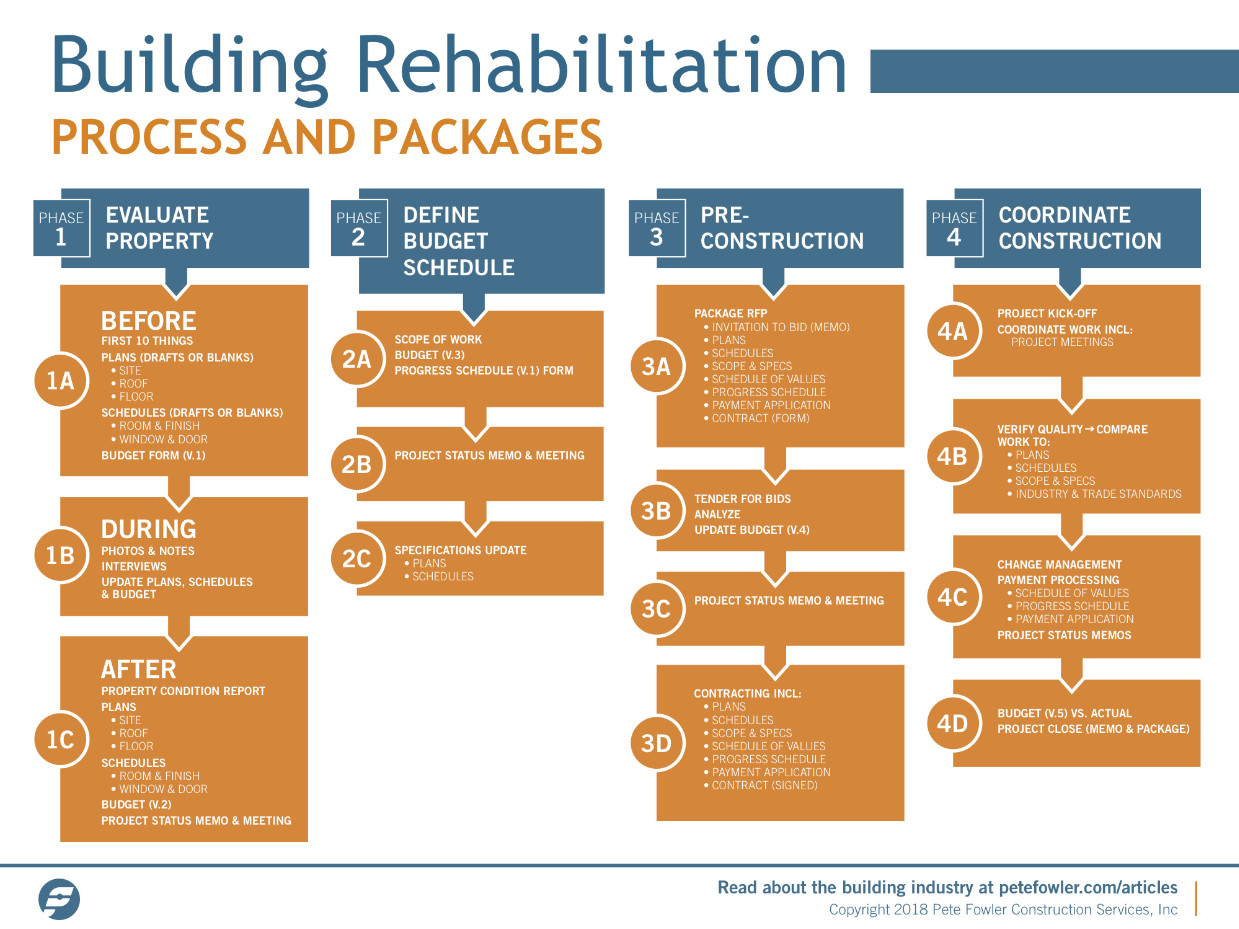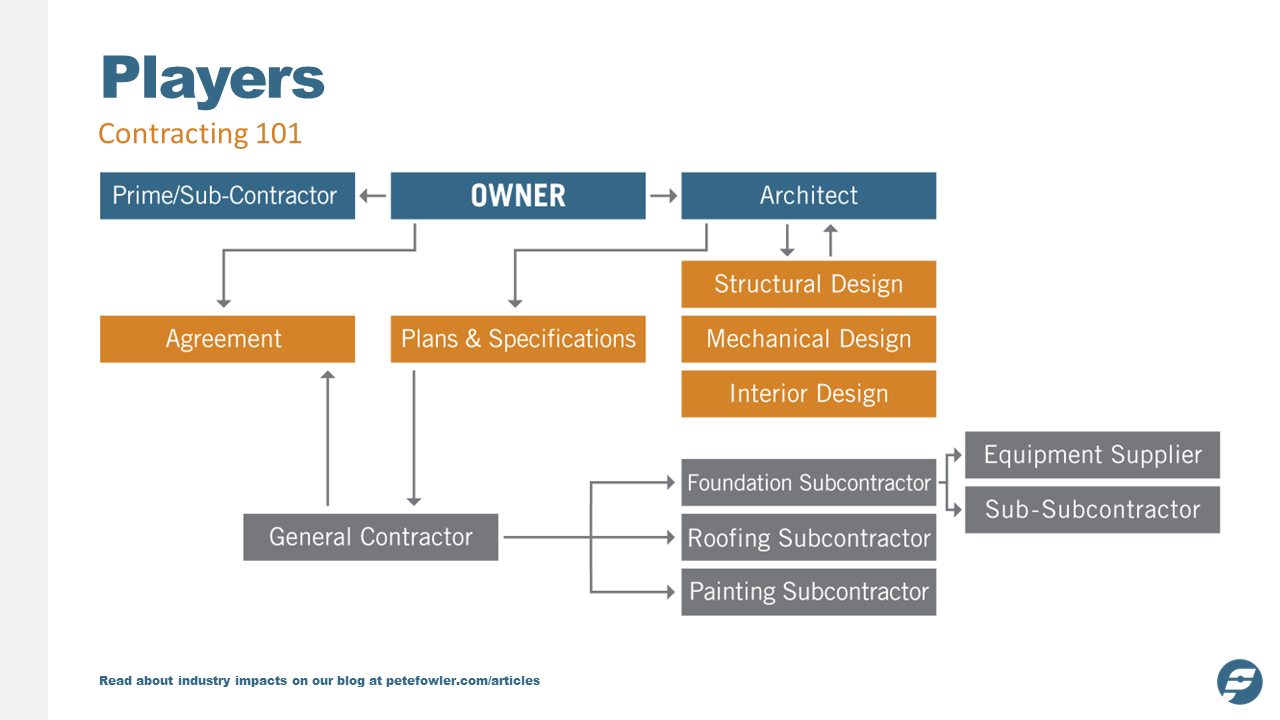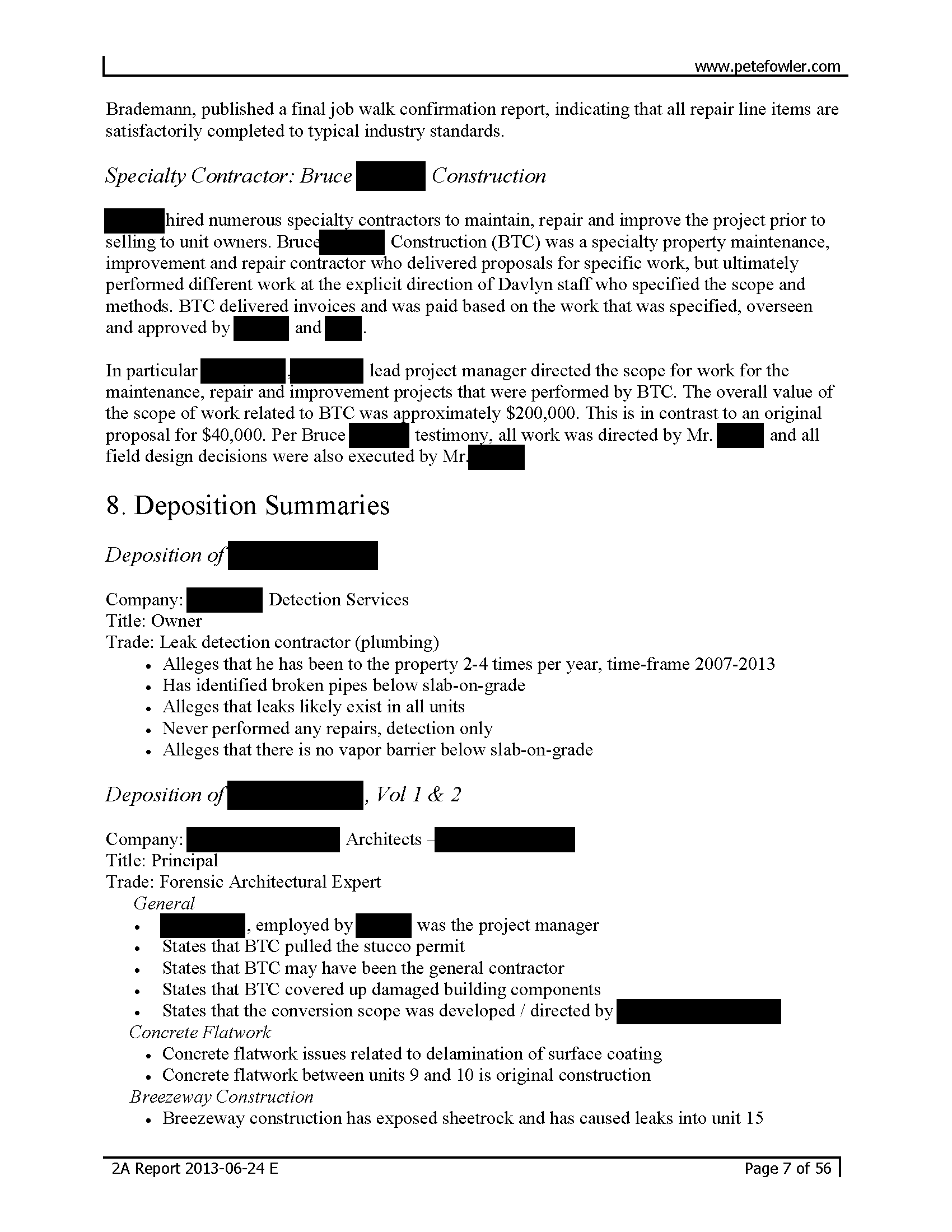What is a Lawsuit?
A civil lawsuit or a legal action is a method of dispute resolution. Two or more parties have some kind of dispute which they are unable resolve it amongst themselves. Sometimes parties may have used some kind of alternative dispute resolution process like negotiation, mediation (where a neutral third party tries to help the parties reach a resolution) or arbitration (arbitrators are hired to act as judges in a private version of a trial) instead of a complaint being filed in the appropriate court.
If the parties leave it up to the legal system to work out their differences then to certain extent they give up control of the outcome and are left to advocate for their interests, providing facts, witness testimony, evidence and legal arguments in the hope they’ll prevail.
There’s virtually no limit to the types of parties who could be involved in a civil action, from individuals to multi-national corporations, government entities to non-profit organizations. Courts can handle disputes that are in the hundreds of dollars to potentially limitless amounts of money. The outcome of a civil lawsuit may just impact parties living next to each other or countries in different parts of the globe.
What are the Key steps in a Civil Lawsuit in the U.S.?
Generally, litigation in the U.S. goes through a number of steps or proceedings, which can vary from jurisdiction to jurisdiction, including,
Pleadings
Discovery
Trial
Appeal
Pleadings
To start the litigation process the plaintiff files a complaint. It lays out the basic facts of the dispute, states the legal theories for recovery and what’s sought to resolve the matter (which could be a sum of money or specific action by the defendant, the party against whom the complaint is filed). The defendant responds to the allegations with an answer, states possible defenses and may make counter-claims against the plaintiff.
The defendant may ask the court to dismiss the complaint in whole or part, either because what’s being claimed doesn’t amount to breaking the law (a motion to dismiss), or, with the filing of affidavits, claim since there are no material, disputed facts in the case the defendant is entitled to judgment as a matter of law (motion for summary judgment). Normally if a complaint is dismissed, in whole or part, the plaintiff has an opportunity to amend or re-file the complaint.
Discovery
Discovery is a critical part of the civil lawsuit process. Through it both parties should have all the relevant facts of the dispute. With the benefit of these facts the complaint may be amended or could be withdrawn. With newly acquired information a defendant may file a motion for summary judgement. The parties may also have a greater understanding of the strengths and weakness of the case and choose not to risk a negative outcome at trial and negotiate a settlement.
Discovery allows the parties to submit written questions to each other, ask for copies of documents or evidence and ask each other to admit or deny statements of fact. During depositions parties and witnesses are asked questions under oath by attorneys for both sides. Not only can depositions produce facts that the opposing party didn’t know before but both sides see first-hand how well both sides’ witnesses may perform during a trial. How well or poorly a party’s witnesses do may be critical to the decision to proceed to trial or settle the case.
Discovery can be simple and straightforward or drawn out and complex. Parties can object to questions and requests and seek protective orders to limit release of information. One party may seek court help to obtain information, evidence or to depose an individual. Because of the importance of discovery parties may be very aggressive in seeking information or trying to prevent the other party from obtaining it.
Trial – the Third Step
Most civil lawsuits are resolved prior to trial because it can be very expensive, consume a lot of time and energy and depending on the nature of the dispute, emotionally draining or painful. Without a resolution agreed to by the parties it will be decided at trial. Disputed facts and verdicts can be decided by a judge or jury.
Armed with what they learned during discovery the parties tell their stories through documentary evidence, evidence in the form of objects, graphs or charts, testimony of parties and witnesses. Both sides try to simplify the issues and create sympathetic narratives they hope will win the day. Attorneys on both sides try to show the opposing side’s witnesses aren’t credible and their arguments don’t make sense while at the same time bolstering and polishing their version of events.
Trials start with opening arguments and end with closing arguments by the attorneys. Attorneys can ask the judge to rule on evidentiary and legal issues during the trial and object to submission of evidence and of questions to their witnesses. The plaintiff has the burden of showing, in most cases, it’s more likely than not its version of the truth is more credible, the law was broken in some way and the plaintiff is owed an amount of money and/or some action by the defendant for it to be made whole.
The judge or jury makes its decision which may be a dismissal for the defendant or a total or partial victory for the plaintiff. The plaintiff should be awarded the relief sought if the legal claims are successful, though it may get much more or less than it sought.
Appeal
The appeal is a process by which rulings by judges and the outcome of trials may be reviewed by panels of judges. The appeal process isn’t an opportunity to re-try a case, though an appeal can be based on a claim that a verdict wasn’t based on the evidence used at trial. This is a difficult and usually unsuccessful approach. Generally, a party that feels aggrieved by a decision because it violated the law or a rule of procedure can ask the issue go back to the trial court so the decision can be corrected or at least reviewed again by the judge.
After both sides submit briefs containing their arguments why a decision should be overturned or upheld attorneys have an opportunity to make legal arguments before the appellate court judges. They can ask questions of the attorneys and seek additional briefs on particular topics of interest. Eventually the appellate court issues a decision to uphold or overturn the lower court decision. If it’s overturned often lower courts will be issued directions on what to do next. The decision need not be unanimous. The majority opinion is the final decision.
What are the Key steps in a Civil Lawsuit in the EU?
In most E.U. countries the civil lawsuit process is defined by the civil procedures of each of its 28 countries. Generally, the civil lawsuit process in the E.U. breaks down to,
Pre-trial Pleadings
In the pre-trial pleadings phase the parties, without the involvement of the court, try to resolve the disputes between them. The parties make various requests, with letters or notices sent between them, where the parties attempt to substantiate their positions on the merits of the case. If the parties fail to reach a resolution the civil lawsuit process continues.
Pleadings
The aggrieved party submits the complaint, with documentary evidence, to first instance court in accordance with the country’s applicable procedural laws, starting the legal action. The party receiving the complaint typically answers the complaint and produces all available evidence to support its arguments that the complaint be dismissed.
Production of Evidence (Discovery)
In E.U. countries the burden of production of evidence (discovery) rests on the claimant/plaintiff, the party seeking the remedy.
Trial
The plaintiff has the burden of proof., however the plaintiff does not have the discovery rights similar to the legal system established in the U.S. To further substantiate then any evidence required has to be requested to the court. The court further assesses the necessity for it and if deemed necessary then requests the opposing party to provide it in accordance with the law. If the dispute wasn’t settled and goes to trial, the judge presumably will have looked over all evidence and paperwork submitted to the court and will guide the parties through the trial. The parties call witnesses and produce more evidence, which is relevant or important to the case at hand. The judge generally acts in an investigatory role, seeking out the truth of the situation then applies the law.
Appeal - the Fifth Step
The appeal is a second stage litigation process, because in almost all cases, the case at hand, an appeal will be submitted to the Court of Appeal (the procedure on how that’s done will vary from country to country). The Court of Appeal consists of two general directions first is an ordinary appeal and second is cassation. An ordinary appeal, when a case is appealed every aspect of it is reconsidered and a new examination of the facts may take place if necessary. However, a court of cassation has limited freedom, especially where the facts are concerned. In cassation it is required by law to base its deliberations on the facts as established by the lower court and cassation would mean quashing a judicial decision on a point of law, including procedural law.
Major Differences Between U.S. and E.U. Civil Litigation Process
Production of Evidence (Discovery)
Discovery is much more limited in the E.U. There are no requests for production of documents, interrogatories or depositions. Documentary evidence is produced by the parties during the course of the litigation.
Pre-trial Pleadings
There are no motions to dismiss or for summary judgement in the E.U., which can be critical tools by defendants in the U.S. system to end a legal claim early in the process or at least narrow its scope. This can greatly reduce the cost for a defendant and the outcome of these motions is an important factor in whether a case will settle and if so, for how much.
Trials
No European civil procedural system uses juries, except the court of Great Britain/United Kingdom. Litigation costs in the E.U. are generally much lower than in the U.S. While in the U.S. the majority of civil cases will settle before a trial verdict, the opposite is true in E.U. where most civil cases are decided by the judge and most of those decisions are appealed.
Roles of Experts/Expert Testimony
This is one of the most important differences. Both regions use expert testimonies differently.
In U.S. civil cases the use of experts is common, especially in more complex cases. In the E.U. it’s rare for a civil case to include use of expert witnesses. If there is such a witness he or she will be named by the judge to help determine the facts, not by a party to help put its case in a favorable light, nevertheless parties may provide their experts as well.
The Roles of Judges and Lawyers
In the U.S. judges are more of a director who must consider court procedure and prior court decisions. The judge is neutral and normally doesn’t intervene in fact-finding except to interpret and enforce rules of evidence.
In the E.U. litigation system a judge is more a referee and the trial is a more investigative process. E.U. judges are also not strictly bound by case precedent, except the courts of Great Britain/United Kingdom, however high authority, even though formally not binding, is possessed for the pronouncements of the Highest or Constitutional Courts. Case law is more informative than dispositive. Greater sources of law for judges and lawyers are legislative statutes and codes.
E.U. lawyers need to demonstrate that statutory law applies in the case for a particular fact so their role is more to advise, inform and point the judge in the right direction, and the procedure largely is in writing. U.S. lawyers engage in more debate, oppose what the other party seeks and are more active, use much more case law, and try to convince the jury and/or judge to believe their client’s side of the story.
In both systems, judges and lawyers interact with each other and depend on each other.
The Scope of the Appellate Process
The difference in this area is at least formally significant. In the civil systems, an appellate court has plenary authority to review an inferior court's judgment, not only as to issues of law but also as to issues of fact.
The underlying theory is that the civil codes determine the substantive basis of the case and the higher court judges have a more authoritative understanding of the code's provisions. The underlying civil-law theory regarding issues of fact traditionally has been that evidence is a legal science and that the strength of an item of evidence is governed by a set of rules. Note
In most civil case appeals in the U.S. the evidence on record is accepted as the fact finder (judge or jury) accepted them. That deference doesn’t happen in the E.U. In common law systems the appellate court reviews for “error” in jury-tried cases and “abuse of discretion” in most judge-tried cases. Note
The E.U. appellate process in civil cases may look more appealing to lawyers and their clients, because they see the first instance courts as a preliminary run or try-out of the case.
Conclusion
It’s worth noting the differences for each type of litigation process: jury trials, the roles of judges and lawyers, the scope of appellate process/review, the role of experts and production of
evidence. These differences significantly impact each litigation processes within each region. They do so by impacting the length and cost of litigation process.
When approaching it from a legal theory point of view, both systems have defined their litigation processes based on their own values concerning justice, fairness and equality.
Articles in This Series
Introducing Our Latvian Interns
Construction Risk & Claims Management in the US vs. EU
Construction Management Process in the US vs. EU
Comparison of Common Law (U.S.) vs. Civil Litigation (E.U.) Practices (THIS ARTICLE)
Top Issues in Construction Projects in US vs. EU (COMING SOON)
Construction Risk Management in the US vs. EU (COMING SOON)
Construction Claims Management in the US vs. EU (COMING SOON)
References
Civil Procedure Rules for European Courts by Geoffrey C. Hazard Jr
Civil Lawsuit – The Civil Litigation Process Explained In Steps by TorHoerman Law, LLC
Major Differences When Litigating Under Common Law or Civil Law by Howard Colman (Partner at Colman Coyle Solicitors )
Common Law And Civil Law: A Brief Comparison by Legal Language Services























































